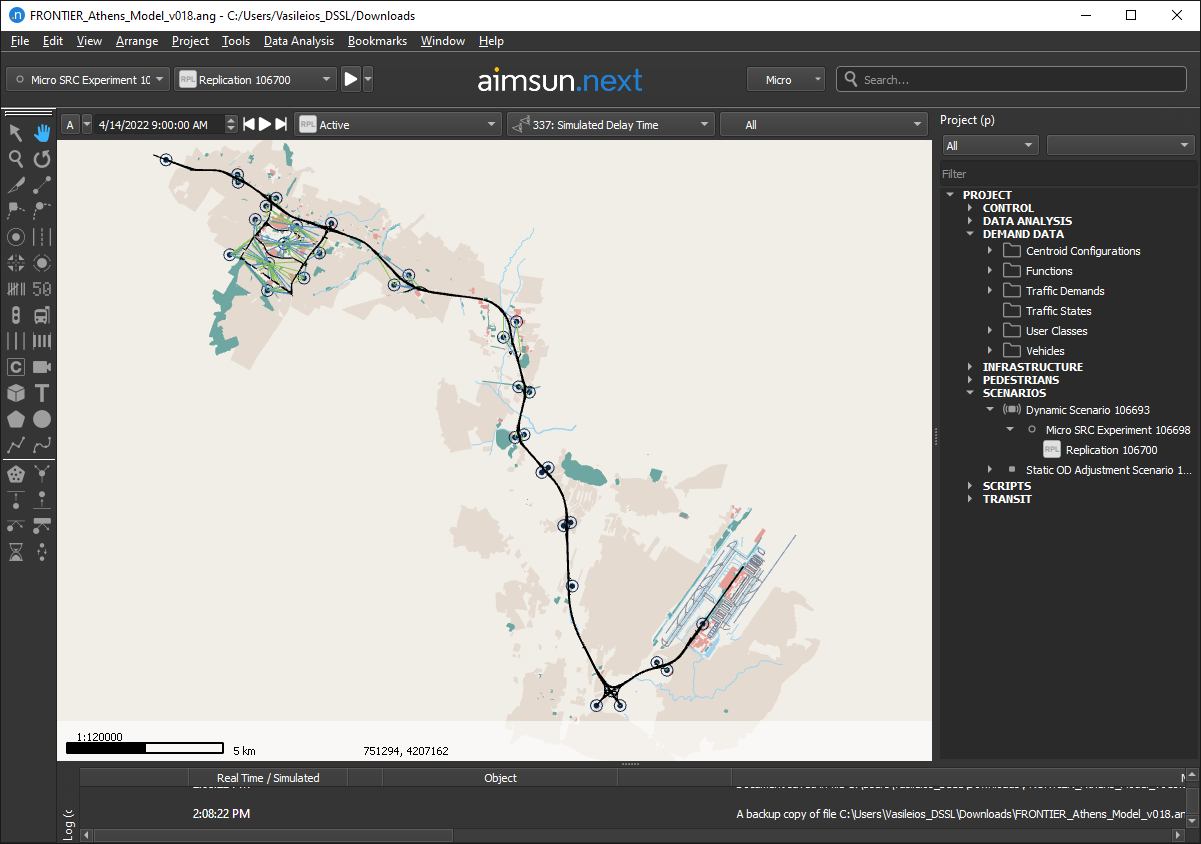Motorway congestion has plagued numerous highly populated cities all over the world. This situation in transportation management is characterized by significant delays, slower speeds, and exhausted congestion phenomena, typically appearing due to changes in the motorway infrastructure (e.g., a lane-drop, a merging lane, a tunnel, or a bridge). In addition, adverse weather, accidents, building projects, or even sporting events can even decrease the infrastructure performance, making it more difficult for transport planners to anticipate sudden changes in traffic demand. The most logical solution to tackle such issues is to further extend the current infrastructure to handle more traffic. However, due to significant economic and environmental factors, this is no longer a possibility. So, a logical approach is to address congestion through traffic control measures. Traffic control measures can be distinguished among the direct and the indirect measures. Both measures aim to distribute and control motorway traffic flows in time and space so as to avoid the onset of congestion. Direct measures make use of traffic lights and variable message signs to allocate traffic while on the other hand, indirect measures use on-board vehicle systems to send recommendations that will affect the driving behaviour of drivers. Within FRONTIER, the Dynamic Systems and Simulation Laboratory of the Technical University of Crete, aim is to apply practicable and efficient traffic management tools/schemes that cover the needs related to the emerging era of mixed traffic, comprising conventional vehicles (CVs) and connected/automated vehicles (CAVs).

Athens Pilot Map
A first-order multi-lane macroscopic traffic flow model for motorway networks, incorporating capacity drop features, will be utilised within an optimal control problem in microscopic simulation testing, to demonstrate the coordinated use of various traffic control measures. The model has been derived with a view to adopt different network structures that include lane drop areas, merge areas as well as multiple origins and destinations. The presence of CAVs, supports the formulation of a network-level optimal control problem, under a mixture of traditional and novel traffic control measures, such as mainstream traffic flow control, lane change control, ramp metering and dynamic traffic assignment. A microscopic simulation framework that integrates the aforementioned traffic control scheme, provides the infrastructure to test the FRONTIER scenarios and infer conclusions for the efficiency of the traffic control scheme. In particular, in Aimsun’s microsimulation environment, the network to be used, is a corridor of Attiki Odos, Athens, that includes several on-ramp merge areas as well as lane-drop areas. The optimal control solutions derived from the network level optimisation problem will be casted in a Model Predictive Control mode for testing via application of control actions on CAVs. It is expected that CAVs can contribute to significantly improve traffic flow performance producing fewer negative impacts on traffic flow behaviour.

Athens Network, Aimsun
